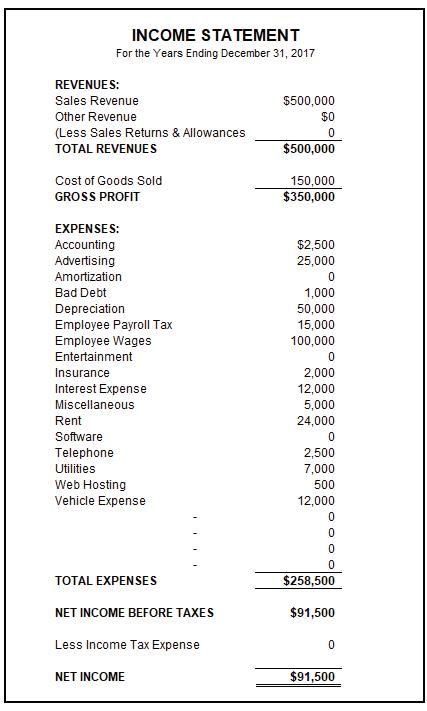
4 minute read
Reading a Financial Statement
Why Do I Need To Know This? If you want to be savvy when it comes to your finances, you need to know how to read and interpret a financial statement. To be savvy is to be smart, knowledgeable, and practical—all of which makes for good judgment. Many adults have trouble reading a financial statement—it’s not easy to do. That’s one reason to introduce you to it now. Another reason is to help you make better decisions when you pick stocks to buy or sell. The third reason relates to your future, which, as you know from the last chapter, begins now: if you have dreams of running your own busi ness someday, you’re eager to learn how. Reading a financial statement is a good place to start.
How Do I Get Started? Start by looking up any company you’re passionate about on the internet—maybe you buy their products or use their services. Maybe you like their mission, their commitment to a sustainable world, or their company culture. Whatever the reason, you want to know how they run. So, head to their stock symbol page and find their financials.
If you’ve ever read a nutrition label on the side of a cereal box, you know it lists things like the amount of fat, cho lesterol, sugar, etc. That’s really all that a financial statement is—it shows you where the money came from, where it went, and where it is now.
There are four types of financial statements: balance sheets, income statements, cash flow statements, and state -
ments of shareholders’ equity.
Balance Sheets (Point In Time) These show what the company owns and what it owes at a fixed point in time. They provide information about the company’s assets, liabilities, and shareholders’ equity.
Assets are the goods that a company owns that have some kind of value and which can be sold. This could include a manufacturing plant, trucks, equipment, or inventor; it can also include intellectual property like trademarks and patents, cash and investments.
Liabilities are what the company owes to others. This could include loans from banks, rent for their building, payroll for employees, or taxes to the government.
Shareholders’ equity is also known as capital or net worth, and is what would be left if the company sold all of its assets and paid off all of it’s liabilities. The leftover money would go to the owners—also called shareholders.
These categories can be further broken into sub-categories, as you can see in our example, but for now we’ll keep it simple. The formula
to remember is that assets = liabilities + equity . The balance sheet is set up the same way—fi rst assets, then liabilities, and fi nally owner’s equity.
Income Statement (Over A Period of Time) Another kind of fi nancial statement is the income statement, which shows how much money (called revenue) a company made over a period of time, like over the course of a year . In addition to the total revenue, you’ll also be able to fi nd out the costs and expenses associated with earning that revenue . Finally, at the bottom of the statement, you’ll see how much the company earned or lost during that period of time—called the net earnings or net losses .

Reading an income statement is pretty straightforward . At the top, you’ll see the income, or revenue, from sales . As you move down the statement, you’ll see a list of expenses, which are subtracted from the income. Be sure to look up the defi nition of words you
don’t know, like amortization and depreciation .
Cash Flow Statement As it states, this reports shows the fl ow of cash in and out of the company . It tells us whether or not the company has enough cash on hand to pay its expenses and to purchase assets . It does this
by combining details from the balance sheet with details from the income statement to show cash flow over time. The details are organized into three categories: operat ing activities, investing activities and financing activities.
Operating activities includes all activities that bring money into the company or spend money to keep the company operating. If money is owed to the company, called Accounts receivable, parentheses are placed around the amount owed. Money the company owes for expenses, are called Accounts payable and are also shown with parentheses around the amount.

Investing activities shows cash flow related to investment the company has made, like the purchase or sale of a piece of property, equipment or piece of machinery. Purchases would require an outflow of cash; seling an investment would create an inflow of cash.
Financing activities shows cash flow from selling stocks and bonds or from borrow ing money from banks.
At the bottom of the report, you’ll learn a key fact about the company: how much cash does it have in hand. In other words, is it making a profit or is it in debt? Being comfortable reading these kinds of reports is a big deal and a big step in financial growth. As with everything in this process, ask questions, do your research, and don’t give up!











